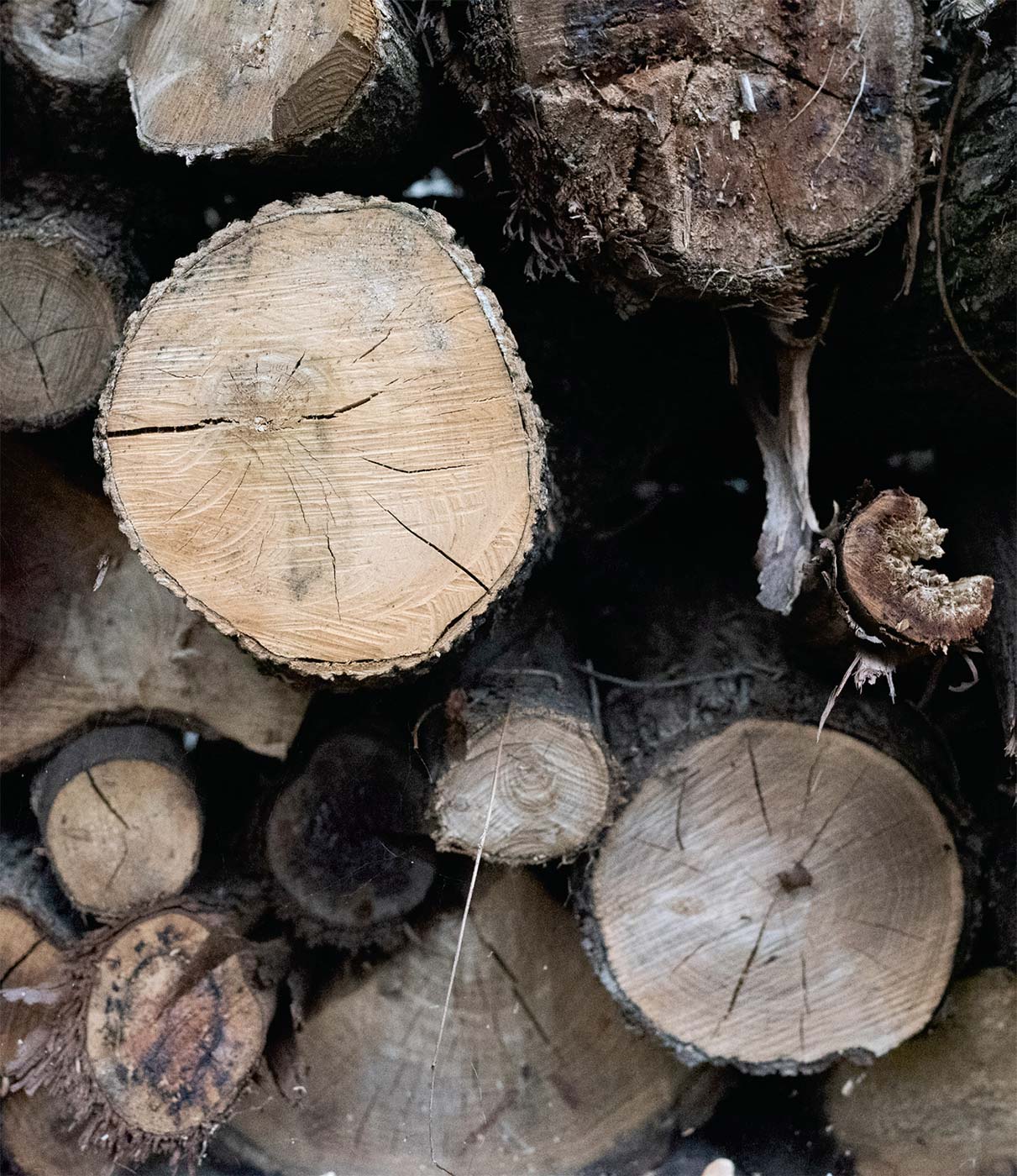Split This: Firewood Chopping 101
When you can get renewable energy and the perks of a seasonal fire on a chilly night, going green has never felt so cozy! As fall settles in and winter looms behind the sunset of shorter days, it’s time to don your favorite flannel and chop some wood.
Fires are an entrancing part of colder weather and—with a little guidance and elbow grease—you can create your own wood supply from sturdy branch to smoky ash. Of course, even if you don’t have a fireplace, the seasonal outdoor fire with family and friends is a perfect way to enjoy nature.
It is easy to get started. Identify any fallen, diseased or dead trees on your property that would be candidates for fuel. Not all wood is created equal, so identifying which varieties are suitable for burning is important.
For those with access to timber, burning wood is a great way to spend an evening under the stars or cuddled up on the couch. Wood is a renewable resource, and carefully culling trees from woodlots improves overall forest health and vigor. It can also reduce energy bills and reduce dependence on fossil fuels.
WHY SPLIT WOOD?
- Allows it to dry faster
- Increases surface area to allow for more thorough burning
- Makes stacking and handling wood easier and more efficient—round logs tend to roll easily
- Everyone looks cool holding an axe
TOOLS OF THE TRADE:
- Safety glasses
- Splitting maul or axe, available at your local hardware store
- Protective leg coverings and steel-toe boots—the majority of wood-splitting accidents occur in the foot and lower leg area.
SPLITTING WOOD 101
Determine the size of your fireplace and how long the split wood should be.
If you have one, an old stump makes a great chopping block. It provides a solid surface for the wood and reduces strain on the lower back from bending over.
Avoid splitting wood on the ground. It poses a safety hazard to yourself, and constantly hitting your blade against the ground will dull it more quickly. Stand log on stump and with a crisp stroke bring your blade directly down on top of the wood.
A successful swing will result in two halves. Wood can be further split into smaller pieces, if desired.
COMMON TYPES OF WOOD TO BURN
Red maple
Sugar maple
Silver maple
Swamp oak
White oak
Red oak
Hickory
Beech
Apple
Ash
TIPS FOR SUCCESS, INSIDE & OUT
Inside:
Before burning any wood, have your chimney inspected by a professional.
Avoid burning pine varieties inside—these softwoods can build up dangerous amounts of creosote inside a chimney or wood stove and create a fire hazard.
Make sure your fire extinguisher is nearby and in good working order.
Ensure there is nothing touching or close to the fireplace that could start a blaze.
NEVER LEAVE A FIRE UNATTENDED.
Outside:
Check with local regulations pertaining to open air fires. Visit https://www.epa.state.oh.us/ to learn more.
Burning pine varieties outdoors is acceptable.
Never attempt to start a fire with gasoline. Use a specifically designed lighter fluid.







